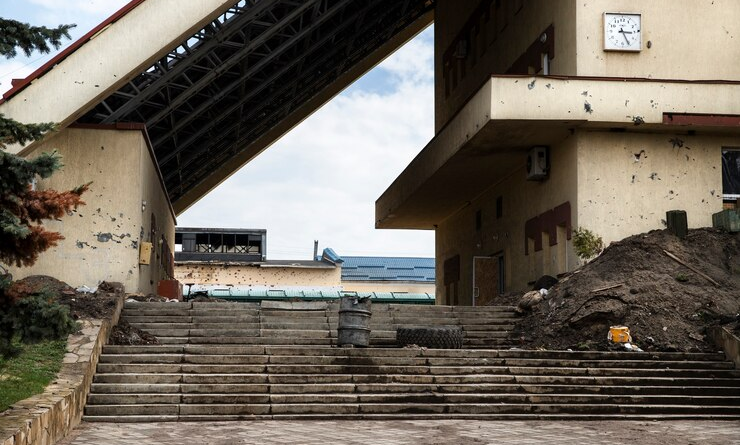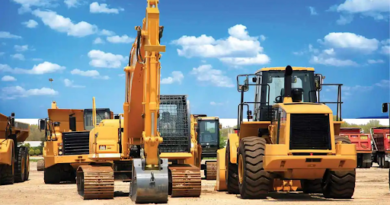Advantages of Prefabricated Metal Structures in Modern Curb Systems
In modern construction, prefabricated metal structures are becoming increasingly popular. Their efficiency, durability, and cost-effectiveness make them ideal for various applications. Among these applications, curb systems and prefabricated metal church buildings stand out. These structures offer numerous advantages, making them a preferred choice for builders and architects.
Efficiency in Construction
Prefabricated metal structures are known for their efficiency. The components are manufactured in a controlled environment. This ensures precision and reduces waste. Once the parts are ready, they are transported to the construction site. Here, they are quickly assembled, significantly reducing construction time.
Cost-Effectiveness
Cost is a major factor in construction projects. Prefabricated metal structures offer significant savings. The manufacturing process is streamlined and efficient. This reduces labor costs and minimizes material waste. Additionally, the quick assembly process reduces on-site labor expenses.
Durability and Longevity
Durability is a key advantage of prefabricated metal structures. These buildings are designed to withstand harsh weather conditions. They are resistant to pests, fire, and corrosion. This makes them ideal for long-term use. Over time, the maintenance costs are lower compared to traditional buildings.
Flexibility in Design
Prefabricated metal structures offer immense flexibility in design. They can be customized to meet specific needs. For curb systems, this means creating components that fit perfectly into existing infrastructure. For prefabricated metal church buildings, it means designing unique, inspiring spaces for worship. The possibilities are endless.
Sustainability
Sustainability is becoming increasingly important in construction. Prefabricated metal structures are environmentally friendly. The manufacturing process produces less waste. Additionally, the materials used are often recyclable. This reduces the overall environmental impact of the construction project.
Quick Installation
One of the most significant advantages is the quick installation process. Traditional construction can take months or even years. Prefabricated metal structures can be erected in a fraction of the time. This is particularly beneficial for projects with tight deadlines. Curb systems can be installed rapidly, minimizing disruptions to traffic and daily activities.
Reduced On-Site Disruption
Construction projects often cause significant disruption. Noise, dust, and traffic congestion are common issues. Prefabricated metal structures reduce these problems. Since most of the work is done off-site, on-site construction time is minimized. This leads to fewer disruptions for the surrounding community.
Enhanced Quality Control
Quality control is a crucial aspect of construction. Prefabricated metal structures are manufactured in controlled environments. This ensures consistent quality and adherence to standards. Each component is thoroughly inspected before being transported to the site. This level of quality control is difficult to achieve with traditional construction methods.
Versatility in Applications
Prefabricated metal structures are incredibly versatile. They are used in various applications, from industrial buildings to residential homes. In curb systems, prefabricated components can be used to create robust, durable curbs. For churches, these structures offer a cost-effective solution for building beautiful, functional spaces.
Energy Efficiency
Energy efficiency is another key advantage. Prefabricated metal structures are designed to be energy-efficient. They often include features such as insulated panels and reflective roofing. These features help reduce energy consumption, leading to lower utility bills.
Reduced Waste
Traditional construction methods often result in significant waste. Prefabricated metal structures are designed to minimize waste. The manufacturing process is precise, using only the necessary amount of materials. This not only reduces waste but also lowers costs.



